insects eating mango leaves
mangomandan
12 years ago
Featured Answer
Comments (24)
squam256
12 years agomarinfla
12 years agoRelated Professionals
Reading Landscape Architects & Landscape Designers · Glassmanor Landscape Architects & Landscape Designers · North New Hyde Park Landscape Architects & Landscape Designers · Arden-Arcade Landscape Contractors · Bedford Landscape Contractors · Belvedere Park Landscape Contractors · Cambridge Landscape Contractors · Fair Lawn Landscape Contractors · Indianapolis Landscape Contractors · Kahului Landscape Contractors · Mastic Beach Landscape Contractors · Oklahoma City Landscape Contractors · Ringwood Landscape Contractors · Shaker Heights Landscape Contractors · Palos Heights Landscape Contractorsmango_kush
12 years agojeffhagen
12 years agojeffhagen
12 years agopj1881
12 years agobsbullie
12 years agosquam256
12 years agopj1881
12 years agojeffhagen
12 years agomangomandan
12 years agoTnTRobbie
12 years agoguajiro
12 years agotropicdude
12 years agojeffhagen
12 years agoTnTRobbie
12 years agobsbullie
12 years agotropicalgrower89
12 years agomangomandan
12 years agotropicalgrower89
12 years agobsbullie
12 years agojeffhagen
12 years agoVivi Sanches
5 years ago
Related Stories
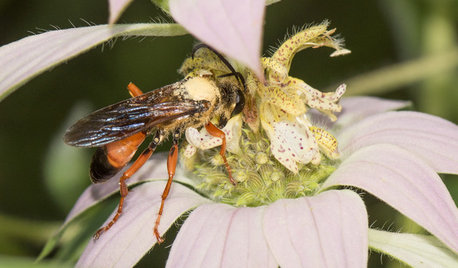
GARDENING GUIDESGreat Golden Digger Wasp: A Beneficial Flower-Visiting Insect
Introducing the great golden digger wasp, a colorful pollinator that also hunts foliage-eating insects
Full Story
GARDENING GUIDESOrganic Matters: Thwart Insect Pests With Trap Crops
Add a few sacrificial plants to your garden to lure insects away from the harvest
Full Story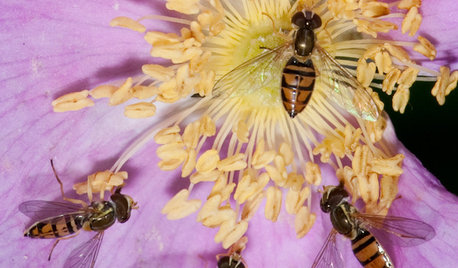
GARDENING GUIDESThis Fly Is One of the Most Beneficial Insects Around
Meet the syrphid fly, a colorful pollinator that also beats chemicals for controlling aphids and other garden pests
Full Story
FALL GARDENING5 Ways to Put Fall Leaves to Work in Your Garden
Improve your soil and yard the organic way with a valuable garden booster that grows on trees
Full Story
EVENTSEnjoy Plantings, Eat Bugs and Learn at the Australian Garden Show
Indulge your senses at this four-day celebration of gardening, food and more in Sydney — and don't forget to try the crickets
Full Story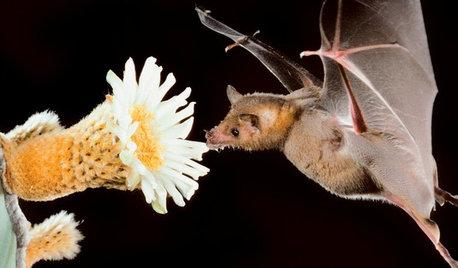
GARDENING GUIDESThe Truth About Bats: 3 Reasons to Love Them
It’s Halloween — time for spiders, black cats and bats. Here’s why we should appreciate, not fear, the nocturnal winged mammals
Full Story
FALL GARDENING7 Reasons Not to Clean Up Your Fall Garden
Before you pluck and rake, consider wildlife, the health of your plants and your own right to relax
Full Story
EARTH DAYHow to Help Your Town’s Beneficial Birds and Bugs
Make a habitat using local materials to provide a home to the creatures that help our gardens
Full Story
EARTH DAYHow to Design a Garden for Native Bees
Create a garden that not only looks beautiful but also nurtures native bees — and helps other wildlife in the process
Full Story
FARM YOUR YARDHello, Honey: Beekeeping Anywhere for Fun, Food and Good Deeds
We need pollinators, and they increasingly need us too. Here, why and how to be a bee friend
Full StorySponsored
More Discussions






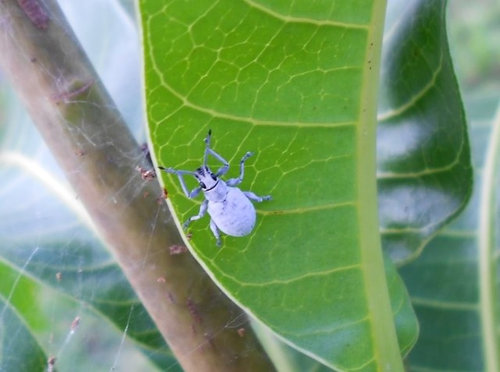
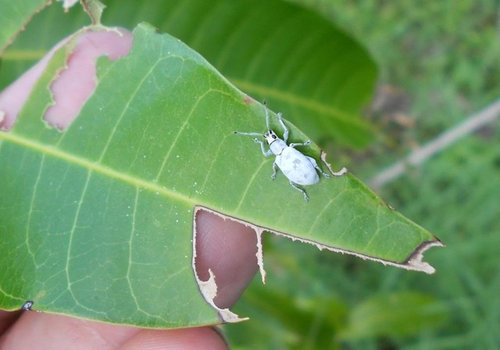
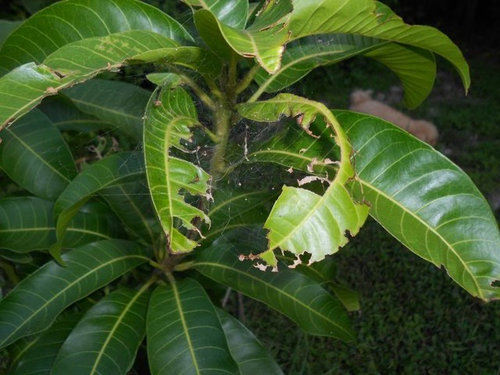
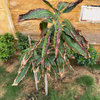
tropicalgrower89